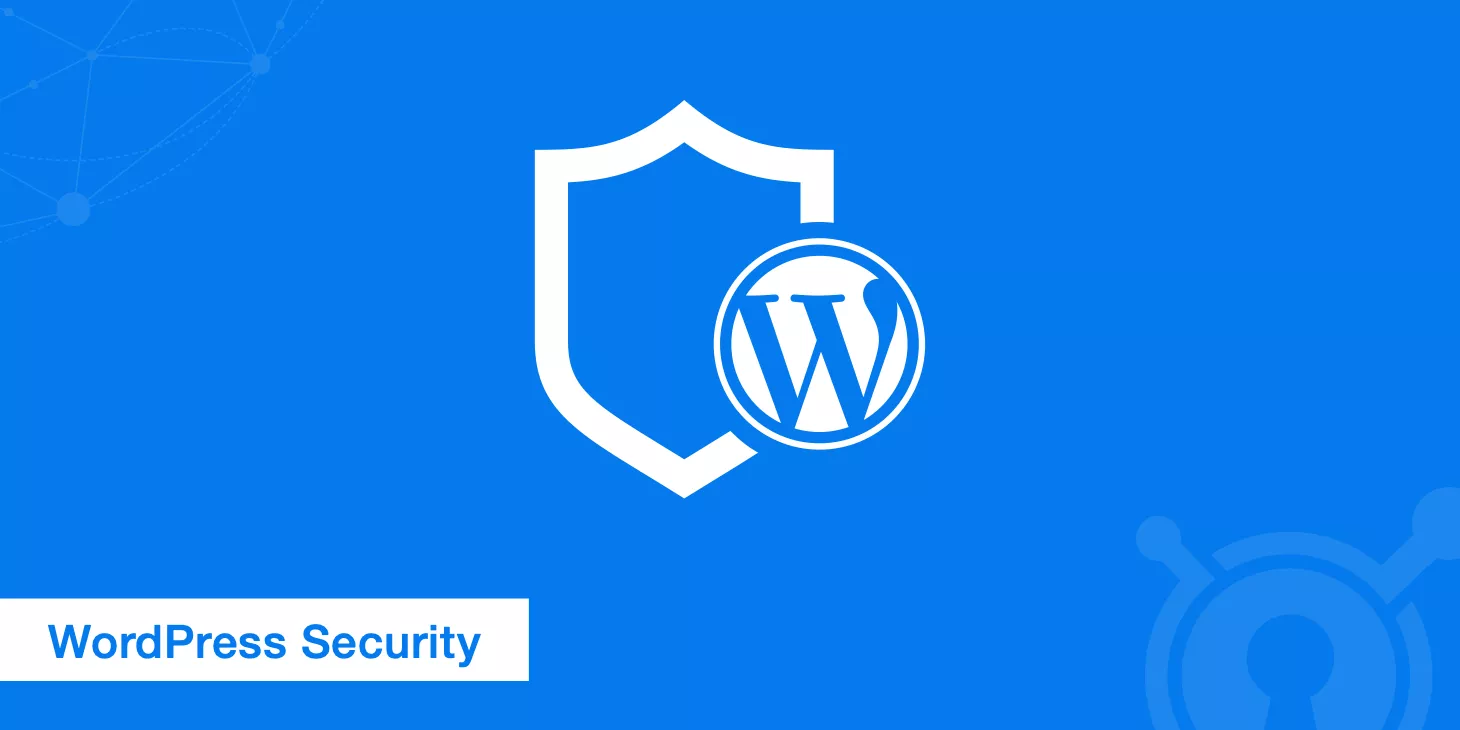When a website implements a 301 redirect due to a domain change or site restructuring, many webmasters notice that Google takes a long time to index the new pages—or worse, traffic drops significantly.
For example, misconfigured 301 redirects can cause link equity to be lost, and if the new site content is too similar to the old one, Google may flag it as “low-value pages.”
Even if everything is technically set up right, Googlebot might delay indexing if there aren’t enough crawl paths to the new content.
This post dives into five key steps—301 redirect setup, content optimization, crawl request strategies, internal linking cleanup, and long-term monitoring—to give you clear, actionable solutions. In most cases, you can expect to see solid improvement within 1–3 months.

Table of Contens
ToggleCheck If 301 Redirects Are Properly Set
A 301 redirect is the backbone of transferring authority and maintaining user experience during a site migration. But if it’s not set up right, Google might not recognize the new pages—or even completely ignore your new site.
Many site owners think that once the redirect is turned on, their job is done. But they often miss issues like redirect chains, wrong status codes, or leftover internal links pointing to the old domain.
Make sure every old URL redirects correctly
- Use audit tools: Run a full crawl of the old domain with tools like Screaming Frog or Sitebulb. Look for pages with “3xx status codes” and check that every old URL points directly to its new version.
- Manual checks: Randomly pick high-traffic pages from the old site and test them in a browser or with an online status checker like Redirect Checker. Make sure the final response is “301 Moved Permanently,” not 302 (temporary) or 404 (not found).
Avoid redirect chains (e.g., A→B→C)
- Simplify redirect paths: If the old domain first points to a temporary domain B, which then redirects to the new domain C, you should cut the middle step. Set it to go directly from A→C at the server or CDN level to reduce link equity loss.
- Watch for CMS plugin interference: Some site builders like WordPress may add extra redirects through plugins. Check your .htaccess or Nginx config files and remove unnecessary rules.
Update internal links on the new site to avoid redirect dependency
- Replace old domain links: Use a bulk find-and-replace tool (like VSCode’s global search) to update all internal navigation and content URLs from
old.com/page1tonew.com/page1. - Fix broken links: If certain old pages no longer exist, create fallback rules to redirect them to the homepage or a relevant category page instead of letting them 404.
Pro Tip: Once everything’s in place, submit the old site’s sitemap in Google Search Console. This helps Google understand the redirect structure and speed up authority transfer.
What to expect:
- With proper setup, the old site’s authority should start transferring to the new one within 2–4 weeks.
- Googlebot will crawl the new site more often, and you’ll likely see faster indexing.
Does the new site content need improvement?
Even if your 301 redirects are flawless, if the content on the new site is too similar to the old one or hasn’t been optimized, Google might still label it “low-value” and delay—or even skip—indexing.
A lot of webmasters think moving a site is just about copying content over. But they overlook how much Google cares about uniqueness, loading speed, and overall user experience.
Avoid copy-pasting old content
Make smart content tweaks:
- Update old articles by changing titles and paragraph structures. Add fresh data or case studies (e.g., replace “2020 data” with “2023 stats”).
- Remove outdated content (like expired campaign pages or old product info) and replace it with current, relevant info.
Run duplicate content checks:
- Use tools like Copyscape or Siteliner to scan the new site. Aim to keep similarity with the old site under 30%.
- Pages with high duplication should be rewritten or merged with similar content.
Improve page speed
Use diagnostic tools to spot issues:
- Analyze pages with Google PageSpeed Insights or GTmetrix. Focus on fixing red-flag issues like “render-blocking JS/CSS” or “uncompressed images.”
- For image optimization: Compress to WebP using TinyPNG, and keep the size under 200KB.
Cut back on third-party scripts:
Remove unnecessary tracking codes or pop-up plugins, or at least set them to load asynchronously.
Increase Original Content Ratio and Update Frequency
Add Exclusive Sections:
- Add content types not covered by the old site, like “User Case Library” and “Industry White Paper Downloads,” to boost differentiation and competitiveness;
- Create long-tail topic articles based on target keywords for the new site (e.g., “How to Fix SEO Issues After Moving Your Site”).
Regular Update Mechanism:
- Publish 1-2 in-depth original articles (non-reposts) every week to keep Googlebot crawling your site actively;
- Update existing high-traffic pages quarterly by adding new sections or refreshing data.
Tip: If old site content must stay (like product detail pages), at least optimize these pages:
- Add new brand keywords in the Meta description;
- Insert a user review section that’s unique to the new site.
Expected Results:
- After making content updates, Google may reassess your pages’ value within 2–3 weeks;
- Boosting page speed to 80+ (based on PageSpeed standards) can reduce crawl interruptions.
Proactively Submit New Pages and Speed Up Indexing
After a 301 migration, Googlebot may still crawl the old site due to “path dependency,” causing delays in discovering your new pages.
Just waiting for bots to crawl naturally is very slow—especially when your new site lacks backlinks and authority early on.
Submit New Site Sitemap in Google Search Console
Generate a Standard Sitemap:
- Use tools like Screaming Frog or the Yoast SEO plugin to create an XML file listing all your new URLs. Make sure there are no broken links or 404 pages;
- Sort by priority: put core pages (like the homepage and top-traffic articles) at the top of the sitemap.
Regular Updates and Monitoring:
In the “Sitemaps” section of Google Search Console, submit your sitemap and check its processing status. If you see errors (like URLs being blocked), check for issues in robots.txt or noindex tags.
Manually Submit Key Pages That Aren’t Indexed
Submit Single URLs:
Use the “URL Inspection Tool” in Google Search Console to enter the target page URL, then click “Request Indexing.” This works well for product pages or key articles you want indexed fast.
Batch Submission Tips:
Group up to 50 URLs at a time, paste them into the “URL Inspection Tool” textbox (one per line), and click “Request Indexing” in bulk.
Use Backlinks and Social Media to Guide Googlebot
Boost Authority with Backlinks:
- Post original content with new site links on high-authority third-party platforms like Medium or Quora to attract crawlers;
- Reach out to partners who linked to your old site and ask them to update their links to the new domain;
- Buy independent site backlinks to gain domain authority.
Distribute via Social Platforms:
When sharing new site content on Facebook, Twitter, etc., include page URLs and trending hashtags (e.g., #WebMigrationTips);
Posting frequency: at least 3 times a week to stay active—avoid mass-posting, which might lead to link penalties.
Optimize Internal Linking Structure
Expose New Pages on Homepage and Navigation Bar:
- Add links to new content in homepage sections like “Latest News” or “Recommended Reads”;
- Make sure the main navigation menu includes at least one new page (like a “Website Migration FAQs” section).
Drive Traffic from High-Authority Pages:
Insert internal links to new site content from high-traffic old site pages (e.g., “For SEO tips after migrating your site, check out our new guide: ‘xxx’”).
Tip:
- Don’t submit all URLs at once—make sure core pages get indexed first;
- Add UTM parameters when sharing links on social media (like
?utm_source=twitter) to track traffic sources later.
Expected Results:
- After manual submission, some pages may get indexed within a few hours to 3 days;
- Backlink and social distribution efforts over 1–2 weeks can significantly increase crawl frequency.
Check Backlink and Internal Link Structure
After migrating a site, if many backlinks still point to the old domain or internal links are broken or have incorrect anchor text, link equity won’t transfer well—and Google may misjudge your new site as “low quality.”
Update Old Backlinks to Point to New Site Pages
Find High-Authority Backlinks:
Use tools like Ahrefs or Semrush to export backlink data from your old site. Sort by Domain Authority (DA), and contact sites with DA > 10 first to update their links.
Email template example:
Subject: Request to Update Link to New Domain
Body:
Hi there, thanks for supporting our content on [Old Domain]. We’ve moved to a new domain: [New Domain].
To make sure your users see the latest info, could you update the link “[Old Link]” to “[New Link]”?
As a thank you, we’d be happy to add your site to our partners list on the new domain.
What If You Can’t Update a Backlink?
Ensure that non-editable external links (like forum archive pages) are redirected using a 301 to the correct corresponding page on the new site, rather than to the homepage or a 404 page.
Optimize Internal Link Anchor Text and Structure
Avoid Generic Anchor Text:
Replace vague anchor text like “click here” or “see more” with keyword-rich phrases like “website migration tutorial” or “SEO fix strategy”.
Consolidate Link Equity to Core Pages:
Add a “Related Articles” module at the bottom of each post, using internal links to drive traffic to key pages on the new site (such as product pages or core guides).
Fix Internal Dead Links and Redirect Loops on the New Site
Use Scanning Tools to Identify Issues:
Use Screaming Frog to crawl the entire site and filter out pages with “4xx status codes”. Prioritize fixing outbound dead links on high-authority pages.
Fallback 301 Redirect Rules:
For old URLs that have been deleted and no longer have relevant content, set redirects to appropriate category pages on the new site (e.g., old.com/deleted-page → new.com/category/guides), instead of redirecting to the homepage.
Leverage High-Authority Pages to Drive Traffic to New Content
If some old-site pages are still accessible (like top-ranking articles), add a prominent banner at the top: “This site has moved to [new domain]. Click here to view the latest content.” Link this banner to the corresponding page on the new site.
Tips:
- Internal anchor text should match the target page’s title keywords (e.g., if the target page is titled “Website Migration Guide,” use anchor text like “See Migration Guide” instead of “Click here”);
- After fixing dead links, submit the “dead URL” as “Fixed” in Google Search Console to speed up recrawling.
Expected Results:
- After external links are updated, keyword rankings for the corresponding new-site pages may recover within 1–2 weeks;
- Reduce internal dead links to below 5%, improving crawler budget efficiency by over 30%.
Please note:
- Avoid Rushing the Process: Even with everything done correctly, it still takes Google 2–3 months to reindex and pass link equity. Monitor Search Console data continuously rather than making frequent short-term changes;
- Fix Major Issues First: If indexing stalls for over a month, double-check for incorrect 301s, accumulated dead links, or duplicate content, rather than blindly building more backlinks;
- Keep Content Active: Regularly publish original content—not only does it attract crawlers, it also signals to Google that the new site is actively maintained.
If there’s still no improvement after strictly following the guide, feel free to contact Guangsuan Technology to look into the details further.






